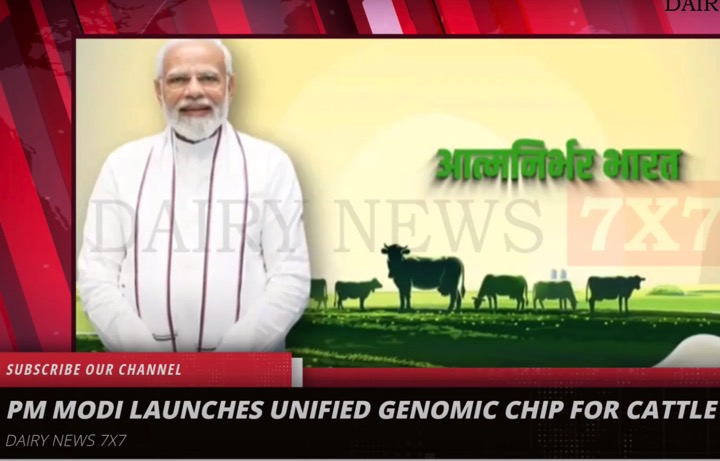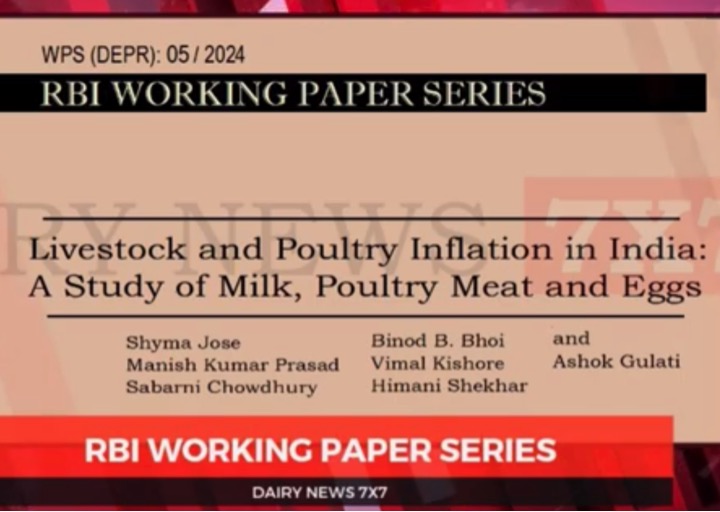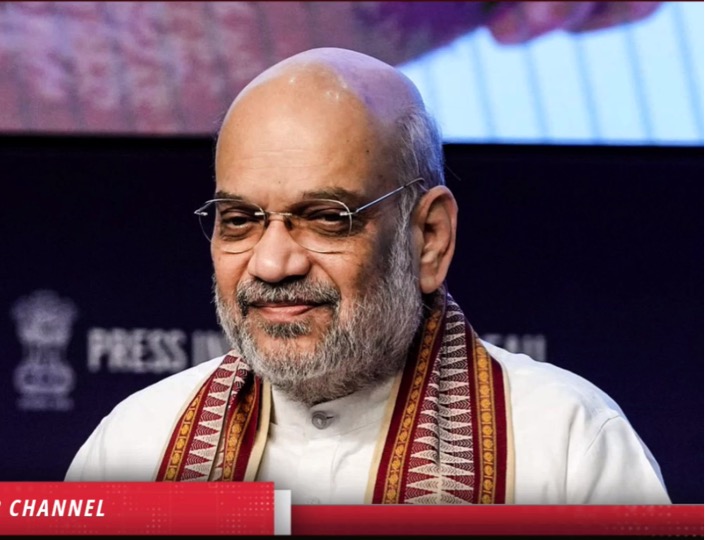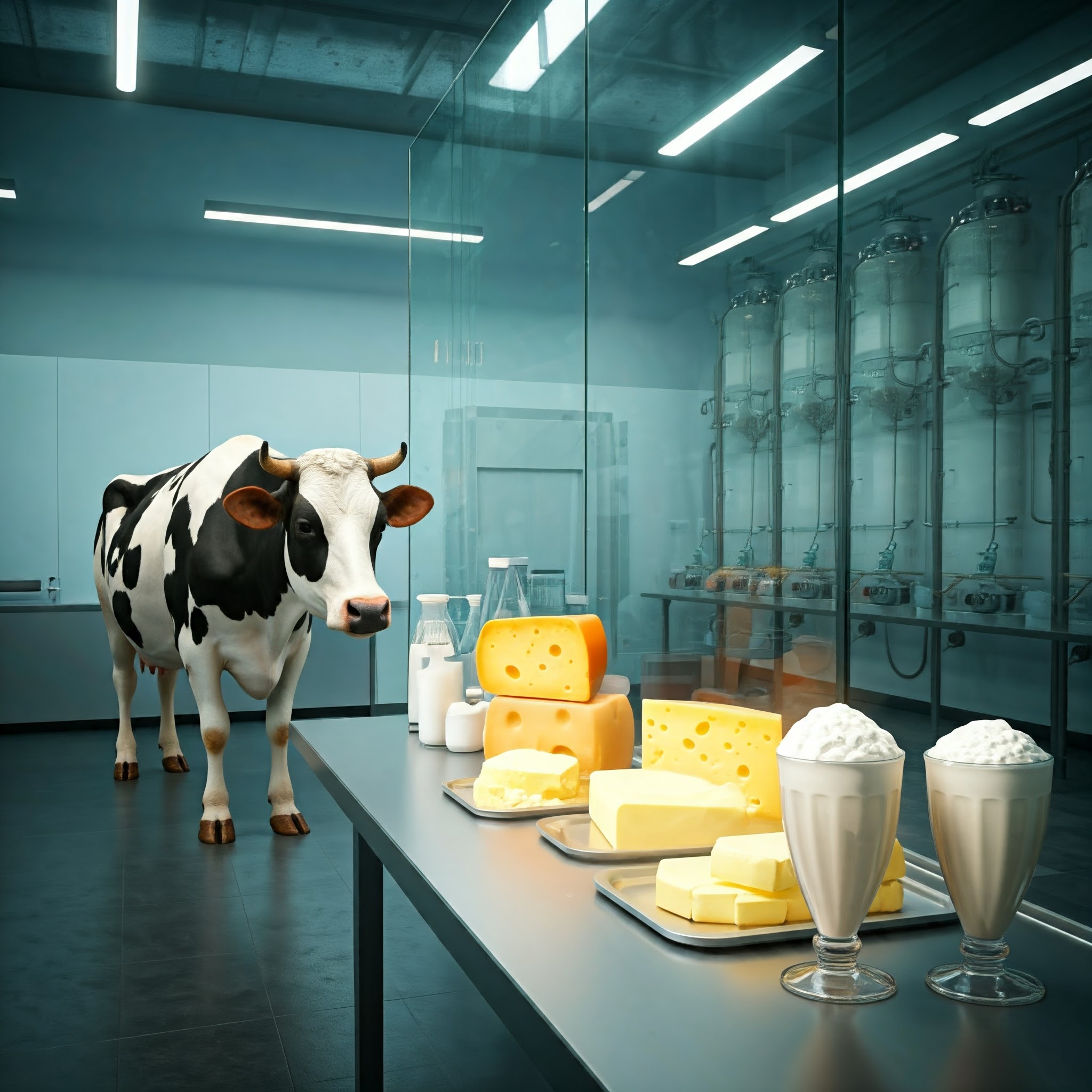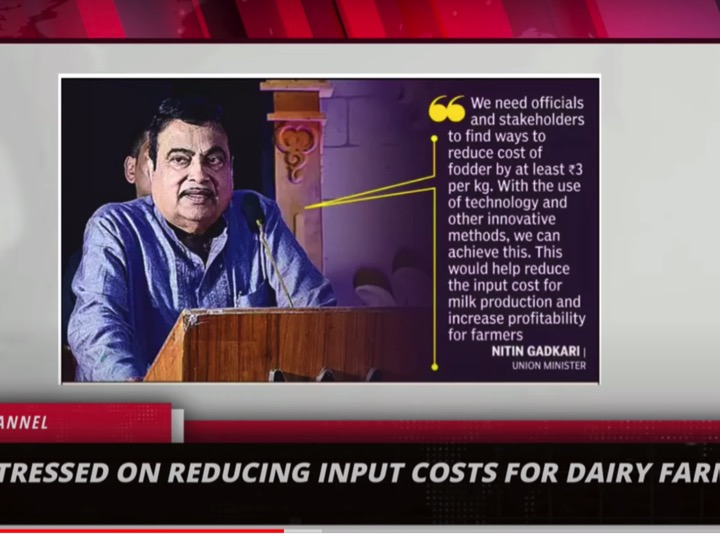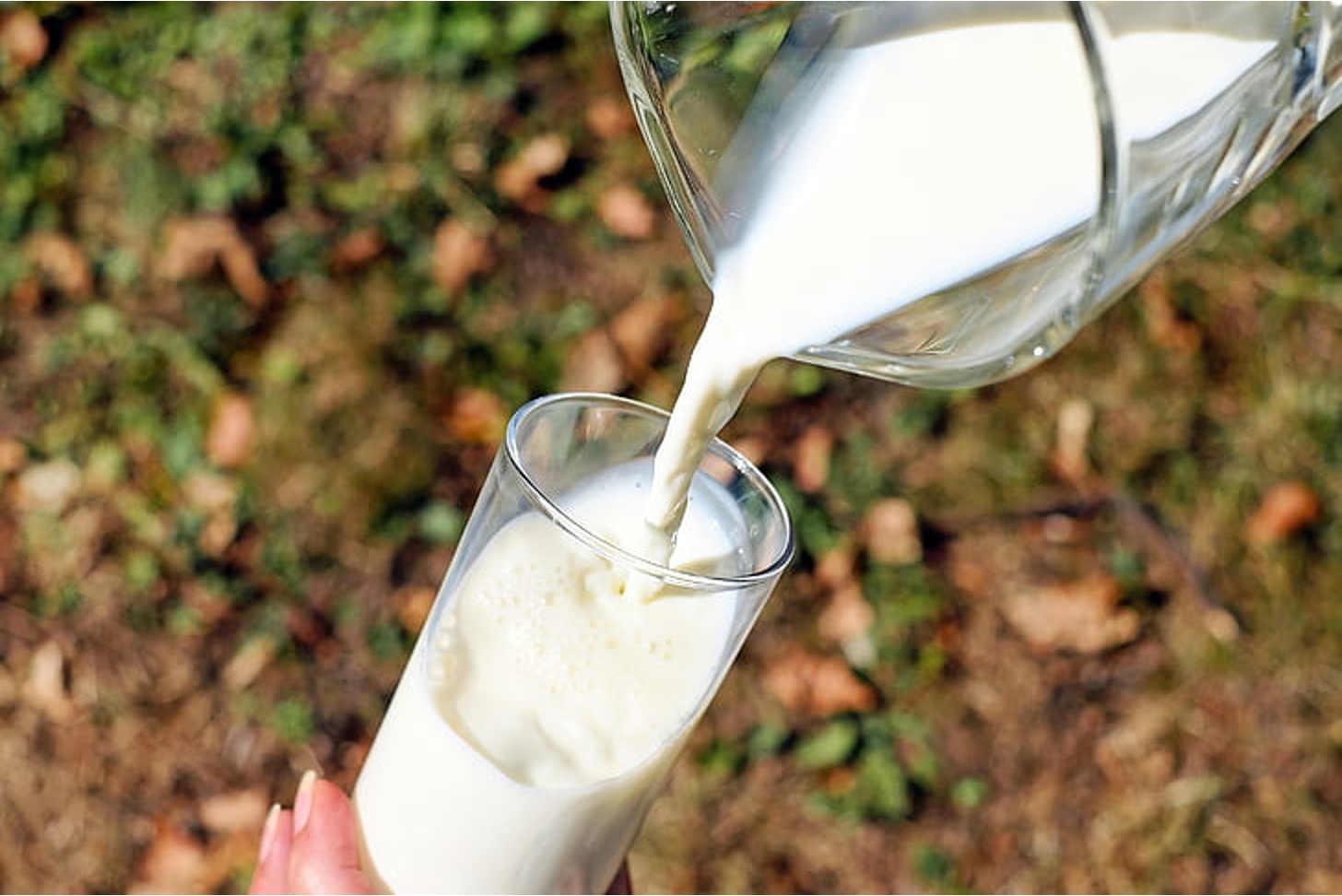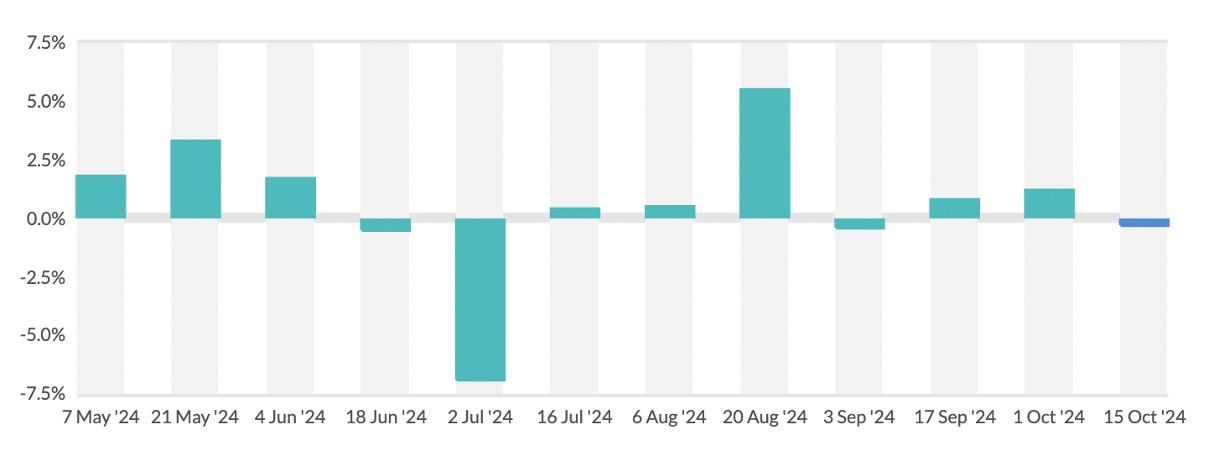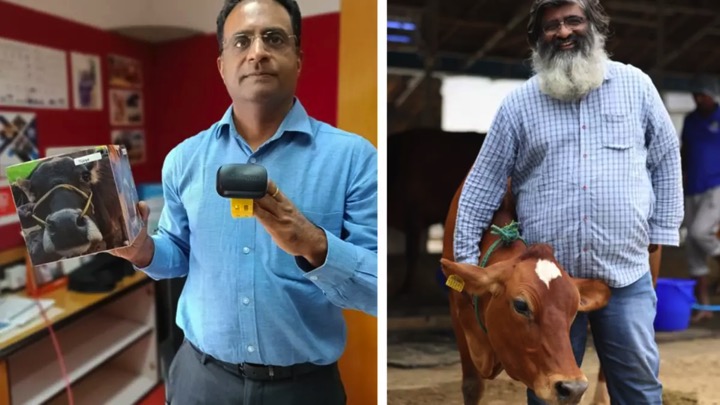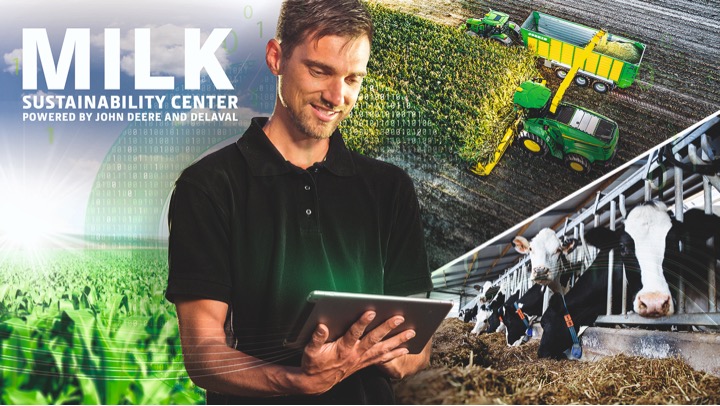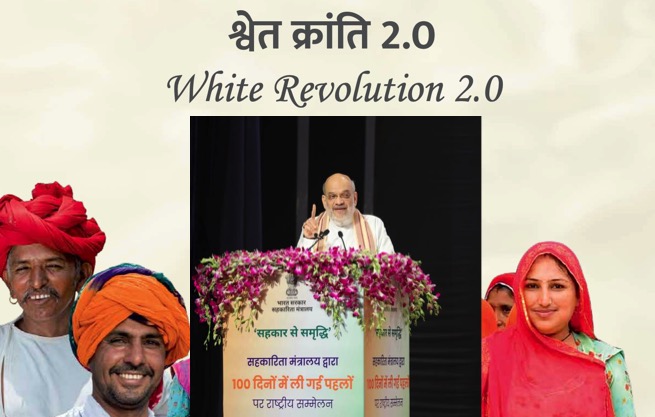The Animal Husbandry department is looking at creating ‘cow factories’ in which embryos and semen from superior breed cattle, fertilised in labs, will then be implanted into low-productive cows owned by farmers.
Atul Chaturvedi, Secretary (Animal Husbandry), told ThePrint that since 2017 — when the first calf was born in India through in-vitro fertilisation (IVF) — the department has already ‘produced’ 1,500 calves and created 5,000 embryos.
The department now aims to take this technology out of the labs and popularise it among Indian farmers with the help of NGOs and the private sector.
“This is going to revolutionise the field of animal husbandry in India,” Chaturvedi said. “Our aim is not to increase the population of livestock but rather improve the breeding and productivity, apart from creating disease-free cattle at a faster rate.”
According to Chaturvedi, the semen and eggs will come from indigenous cow breeds such as Sahiwal, Gir, Red Sindhi, Rathi, Tharparkar, Kankrej (cattle breeds) and buffalo breeds such as Murrah, Jaffarabadi, Nili Ravi, Mehsana and Banni.
“Semen will be obtained from elitist of the elite bulls available in the country of the above mentioned breeds,” he said.
The secretary further said that successful trials of the IVF technology were conducted by the National Dairy Development Board at Anand in Gujarat in collaboration with Brazil’s EMBRAPA Dairy Cattle.
Chaturvedi said the advanced technology can produce multiple versions of superior female germplasm.
“The productivity and breeding that could not have been achieved in seven generations of cattle are now going to be achieved in one generation,” he said.
“This is what minister Giriraj Singh meant when he talked about the ‘cow factories’. We will have donor cows and surrogate cows. The superior female cattle will become donor mothers and the low productive cows will bear the calf of the superior cow. The embryos will be produced in labs just like we produce test-tube babies for humans.”
17 laboratories functional all over India
The animal husbandry and fisheries department had sanctioned 31 laboratories to clone cows in 2019, Chaturvedi said, adding that 17 of them are functional as of now.
Around 10 of the labs are producing embryos through IVF technology and the rest are still using the earlier Multiple Ovulation and Embryo Transfer (MOET) technology.
Chaturvedi said the difference is that through MOET technology, a farmer can get 10-20 calves born of superior female breeds in a year whereas through OPU-IVF technology, the average is 20-40 calves in a year.
The government is also set to allow universities, livestock development boards and private players to develop embryos and sell them to farmers.
To popularise the IVF technology among farmers
The department is set to launch the Accelerated Breed Improvement Programme, through which it hopes to transfer the embryos to farmers. Under the initiative, a target of two lakh embryos has been set up for the next three years.
The National Dairy Development Board will be the nodal agency.
Chaturvedi said every farmer will be given a subsidy of Rs 5,000 on each successful pregnancy. “Along with the subsidy on pregnancies through IVF, we are also going to set up call centres for this,” he told ThePrint.
“NGOs like J.K. Trust are also demonstrating the technology in the remote areas of northern states so that the farmers can be encouraged,” he added. “Right now, the average cost of IVF technology is 30,000 per calf, which is expensive but with private players in the market and the government’s added incentive, the average cost would be Rs 20,000.”
“Farmers applying for IVF from a service provider will get assured pregnancy tested at 90 days,” he further said.
Dr. Shyam Zawar of J.K. Trust told ThePrint, “We have been demonstrating the technology through mobile vans in Punjab, Rajasthan and Bihar. We take our mobile vans to remote villages and popularise IVF.”







